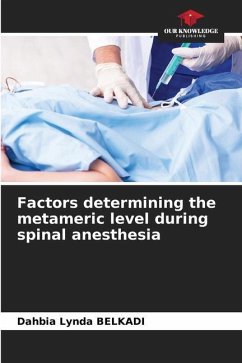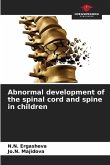The aim of this study is to highlight the factors involved in the determination of the anesthetic level and the correlation between this level and the hemodynamic impact.1003 patients were collected, 08 factors were studied: age, sex, height, weight, abdominal perimeter, dose, AL baricity and injection speed. They were analyzed in univariate and multivariate analysis using logistic regression.Univariate analysis: a significant correlation was found, except for sex. Considered all together, with logistic regression b, 03 factors were involved: dose, injection speed and age. The dose correlated with the anaesthetic block (OR = 6.69), secondly the speed of injection (OR = 5.68), and finally the age (OR = 2.24). The correlation is established between anesthetic level and hemodynamic effect, as well as the consumption of vasoactive drugs.3 factors whose impact is demonstrated: dose, injection speed and age. Hemodynamic effects correlated with anesthetic level.
Bitte wählen Sie Ihr Anliegen aus.
Rechnungen
Retourenschein anfordern
Bestellstatus
Storno








